Transformed from chalk industry giants of the 20th Century, these huge craters in the landscape now form nature reserves due to the mineral-rich soils. What’s more, is that water collects in the bases of them, forming lakes. One of these can be walked to after ten minutes, as soon as you cross the Lakeside c2c railway footbridge. The chalk was harvested from the gorges for use in making cement at the Tunnel Portland Cement factory roughly on site of the QE2 bridge (Essex side), built in 1874.

A photo of the industrial site at Thurrock, 1948 – Courtesy of Britain From Above
The gorges, some taken over as Nature Reserves, others left ‘abandoned’ to form lakes, were visited by myself and Jack Swestun early Winter 2013. We mainly investigated Lions Gorge and a thin area of woodland the site of a tramway running to it south (unbeknownst at the time). In Lions Gorge we discovered a few remains such as a shell of a small outbuilding, manholes, and pipes, but no actual signs of the tramway. Climbing around a gate to get to a restricted path on the opposite side of a fishing lake, we were rewarded by tons of fresh apples growing on trees. However, we should’ve turned back, as carrying on around the lake meant we had to tackle a metal spiked fence by stacking chairs found nearby, after rolling down the bottom of the cliff-face among heaps of chalk. Dangerous, and best not repeated!
Wikipedia explains:
The reserve is on the site of three major chalk quarries – Warren Gorge, Lion Gorge, and Grays Gorge which were worked from the end of the 18th century for around 150 years. In the Lion Gorge are the remnants of an old tramway cutting created in the nineteenth century to transport chalk from Lion Pit to the riverside wharves. The tramway ran roughly south from the chalk diggings to the Lion Works – a Portland cement factory opened in 1874. (Until about 1980, Thurrock was a major centre for cement production.) Part of the course of the tramway can be seen under the bridge where the railway line crosses a path from The Chase to Hedley Avenue and is also visible on London Road between The Chase and Foxton Road.

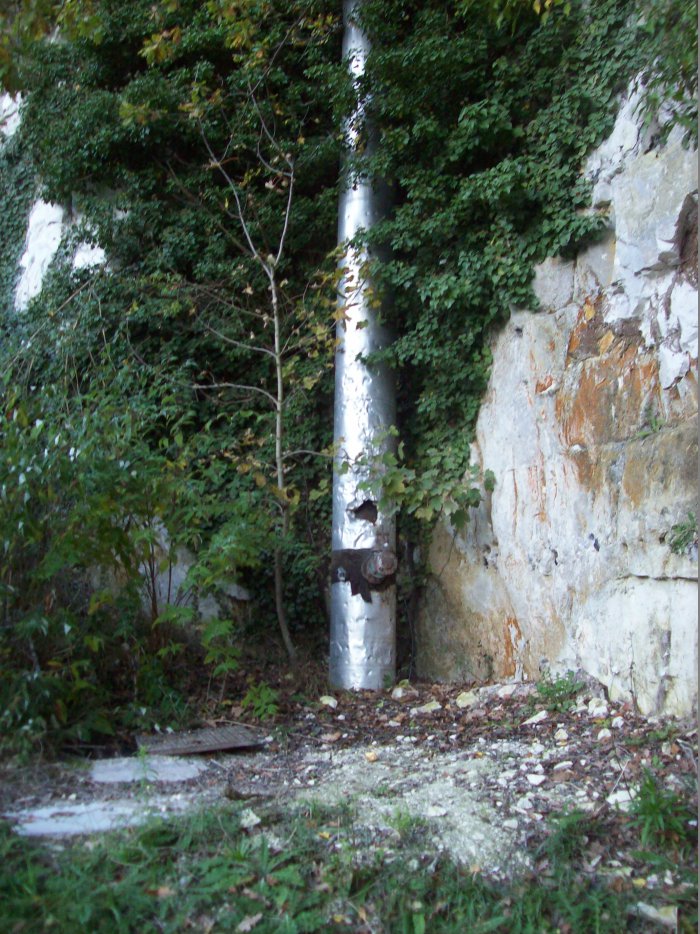
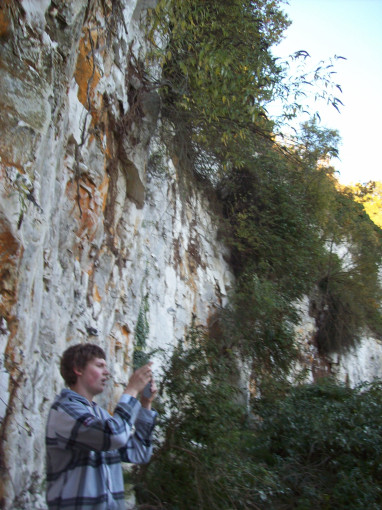
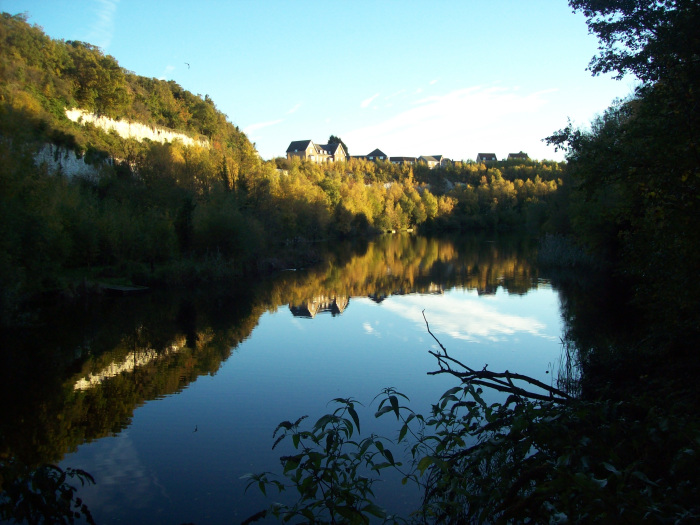

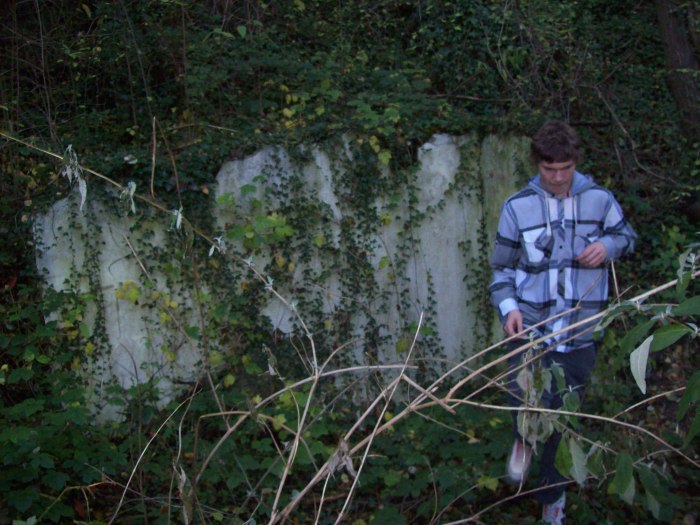

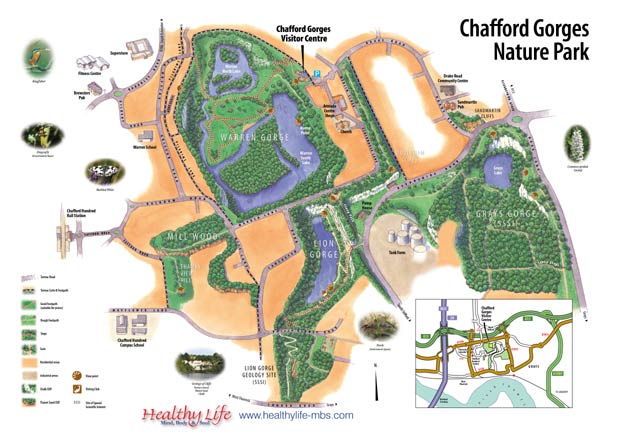
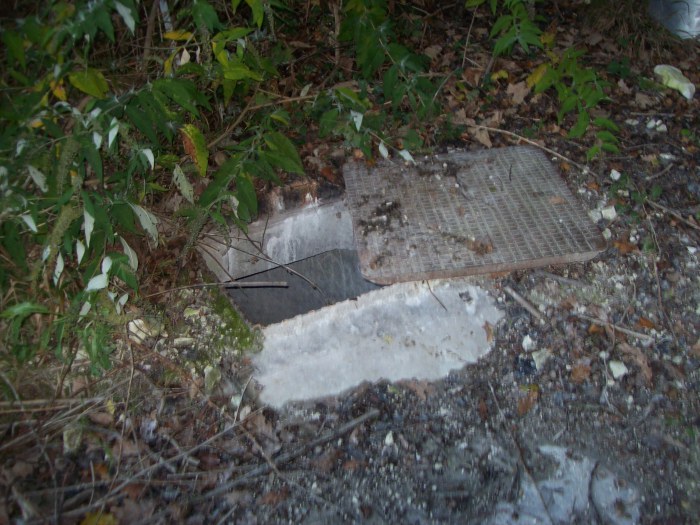
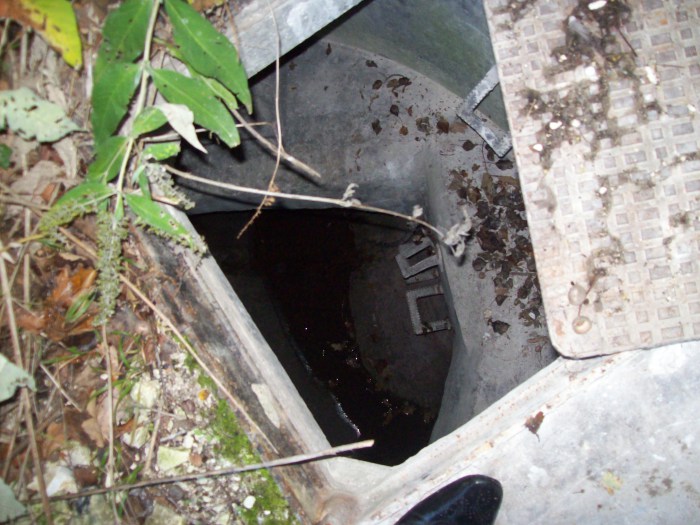
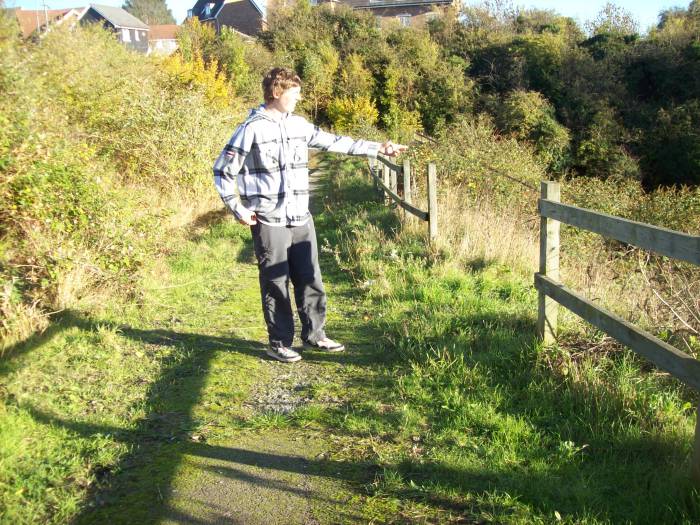
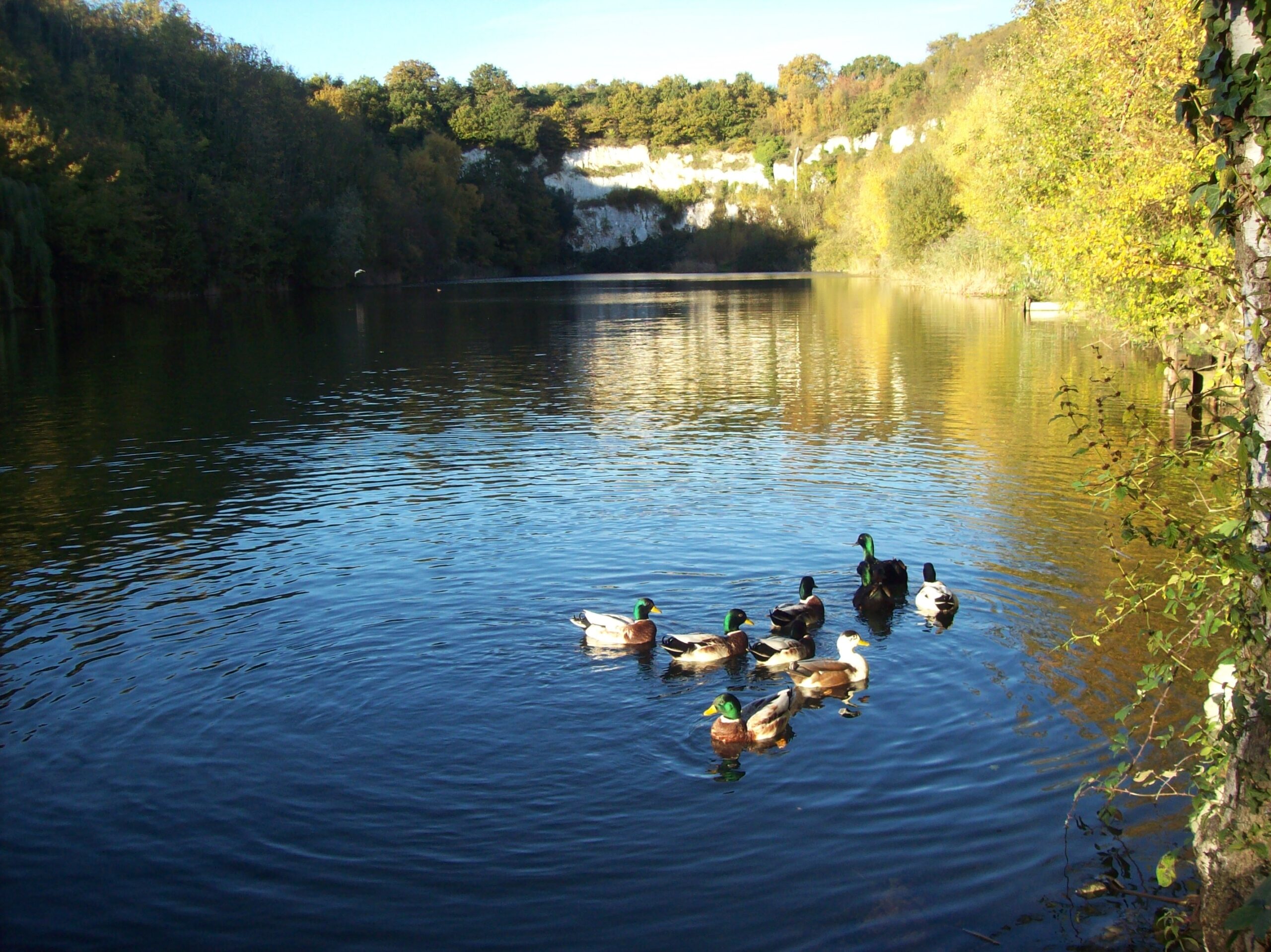
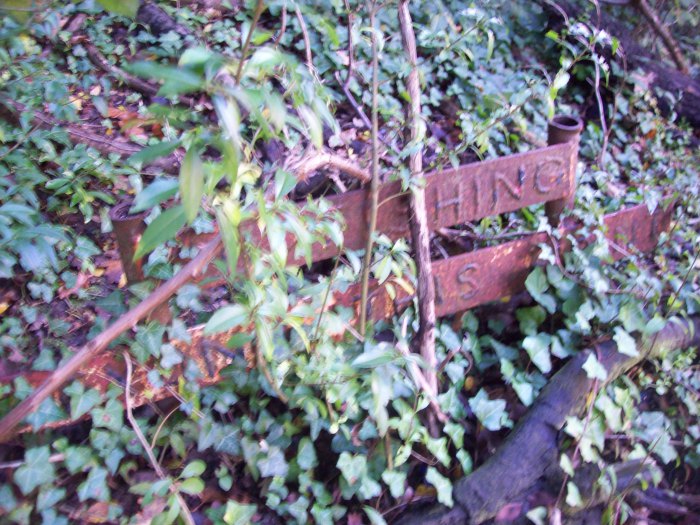
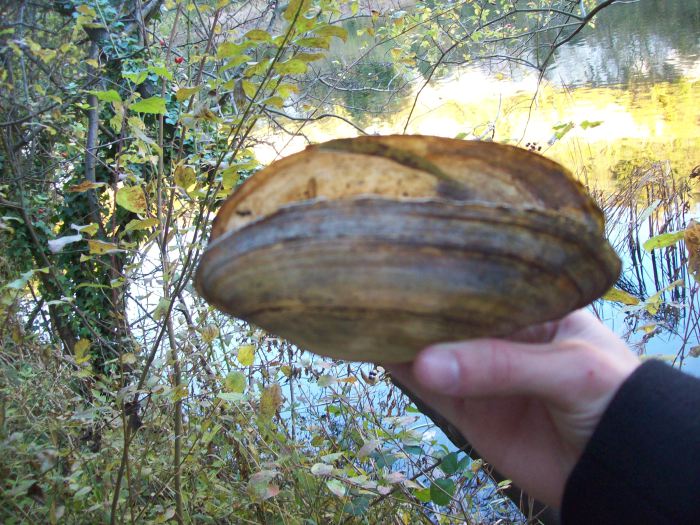
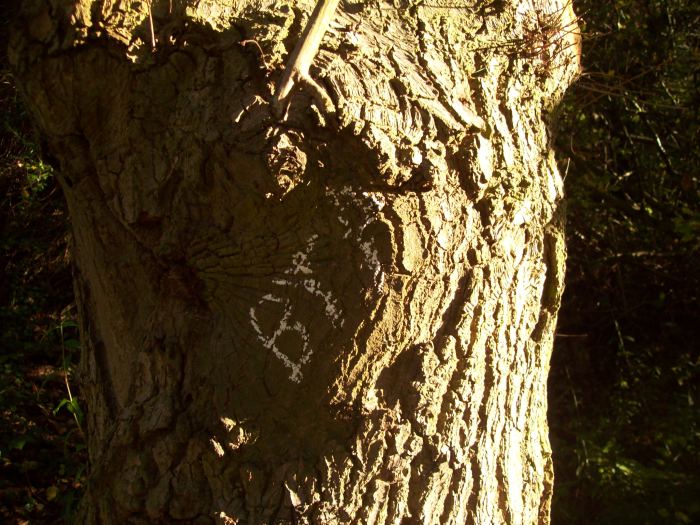



Thank you so much for covering where I’ve lived my whole life lol